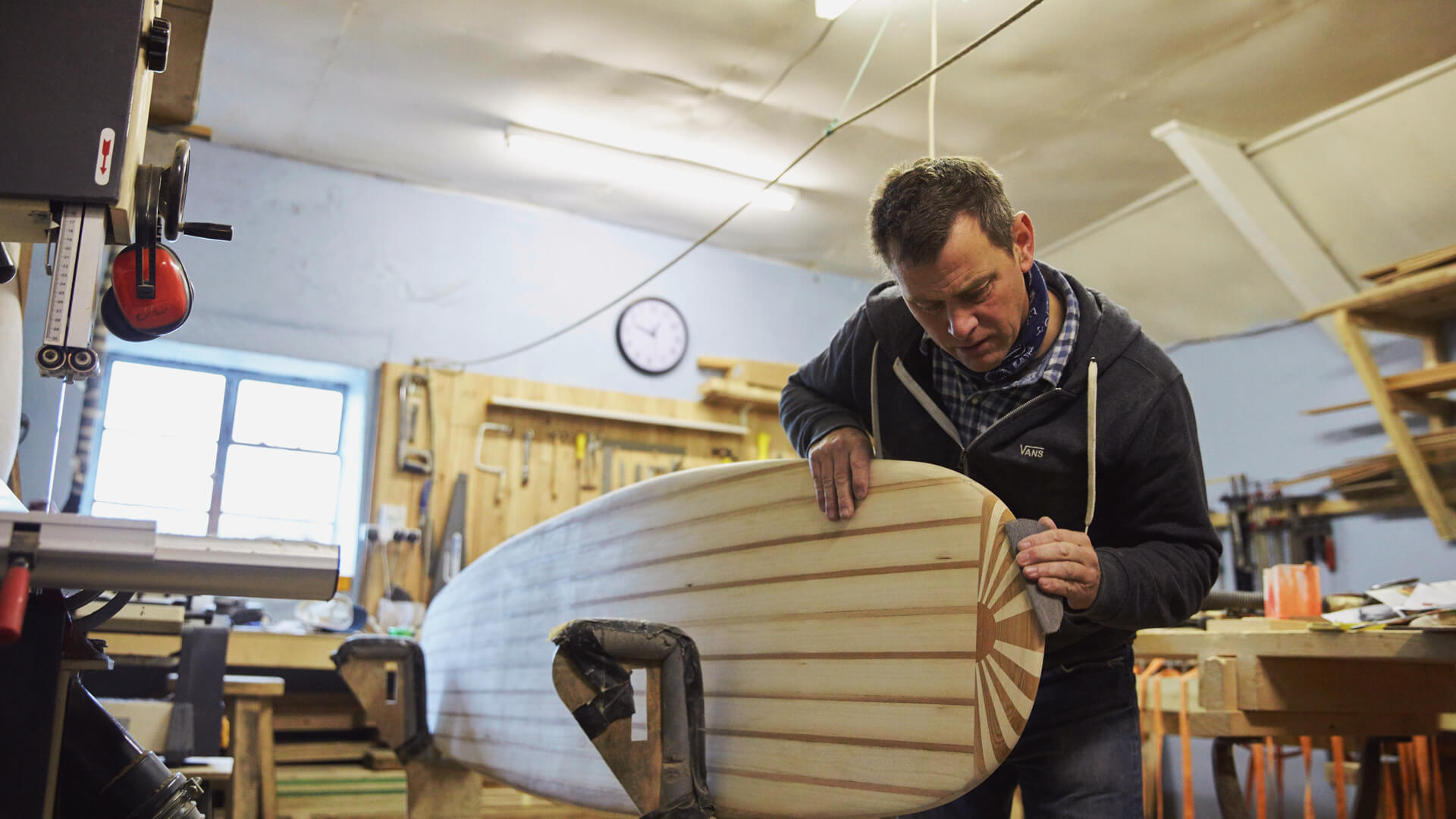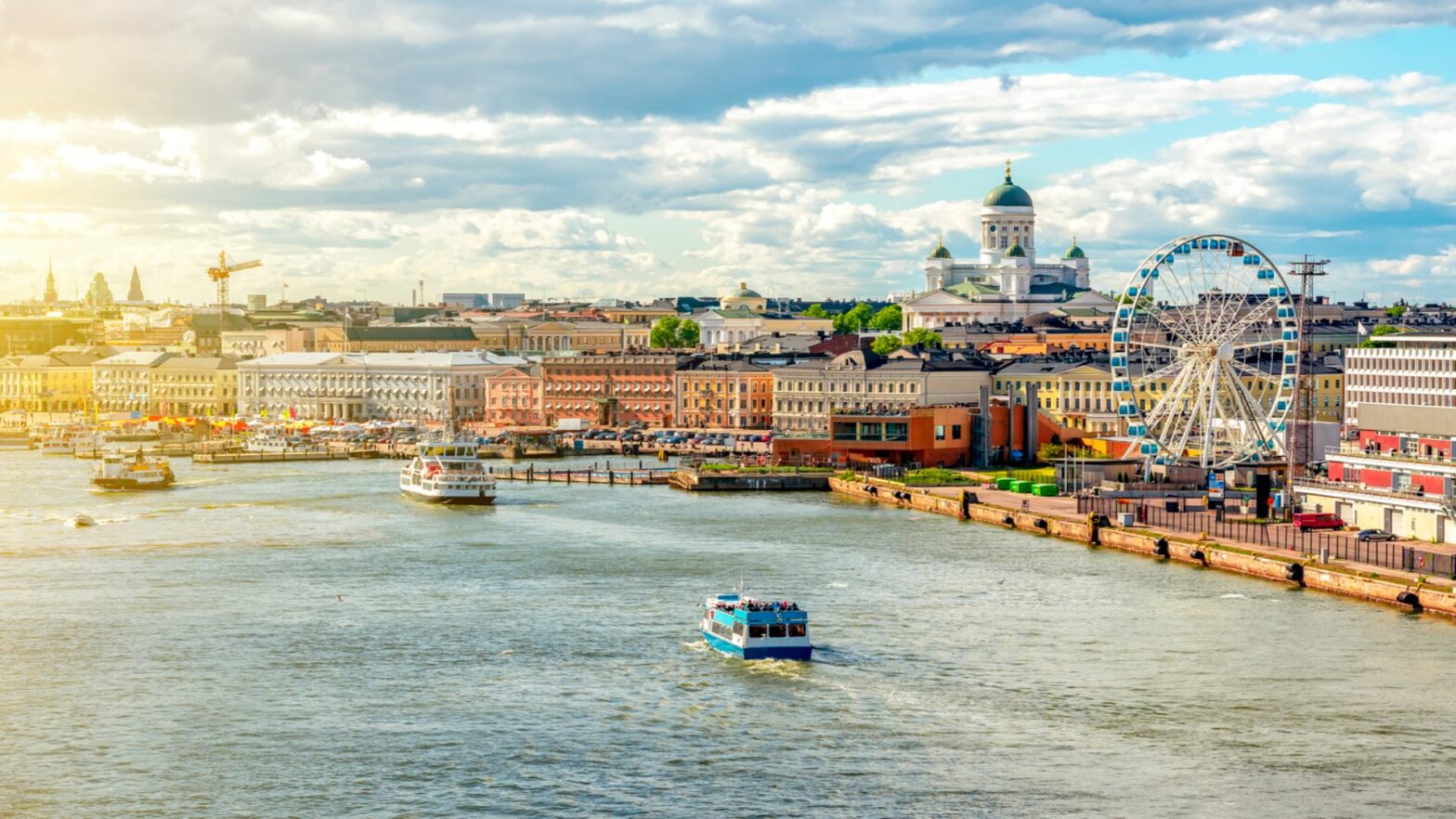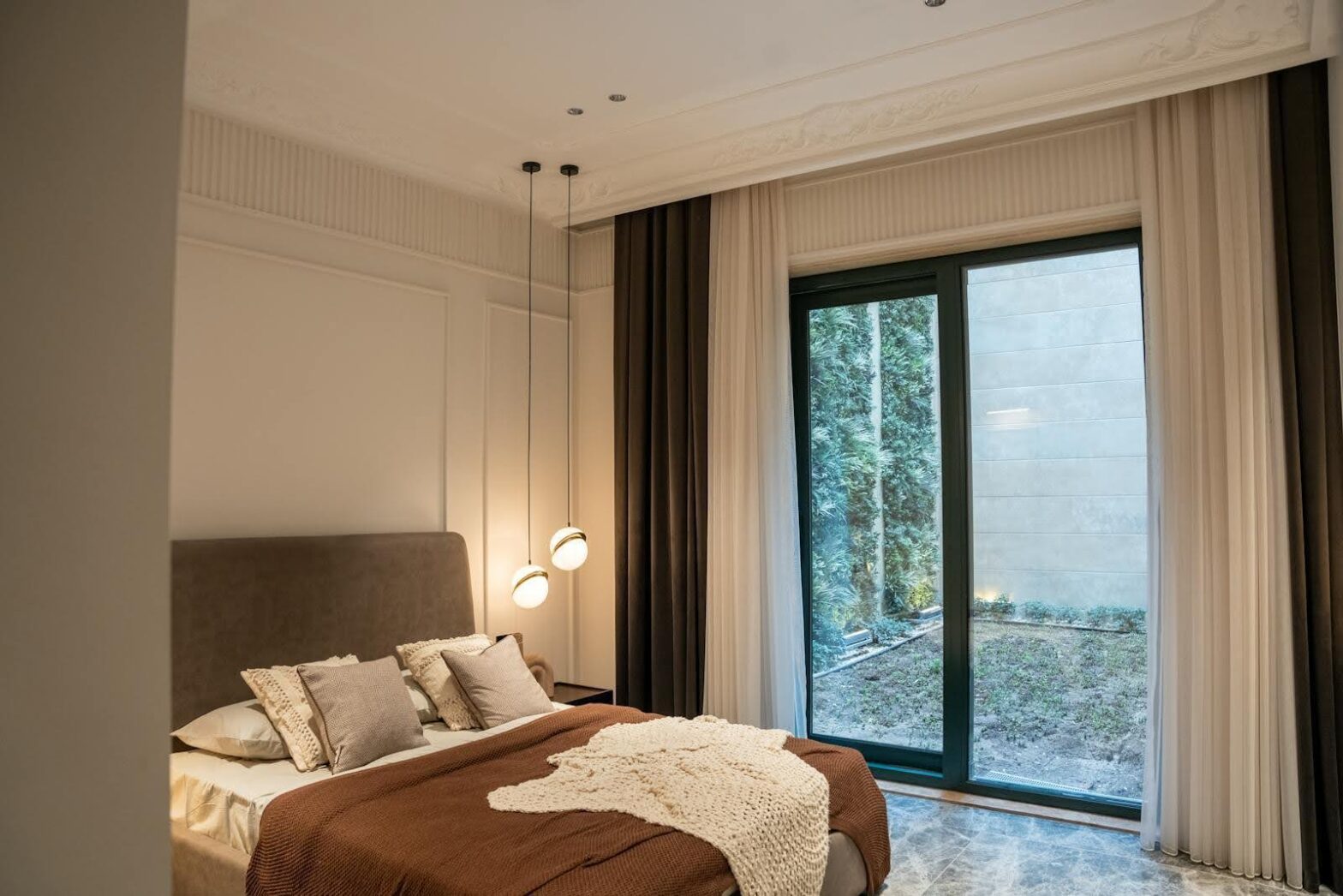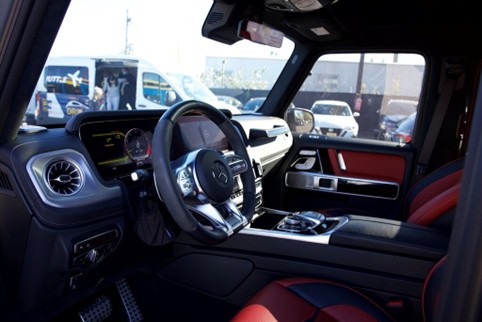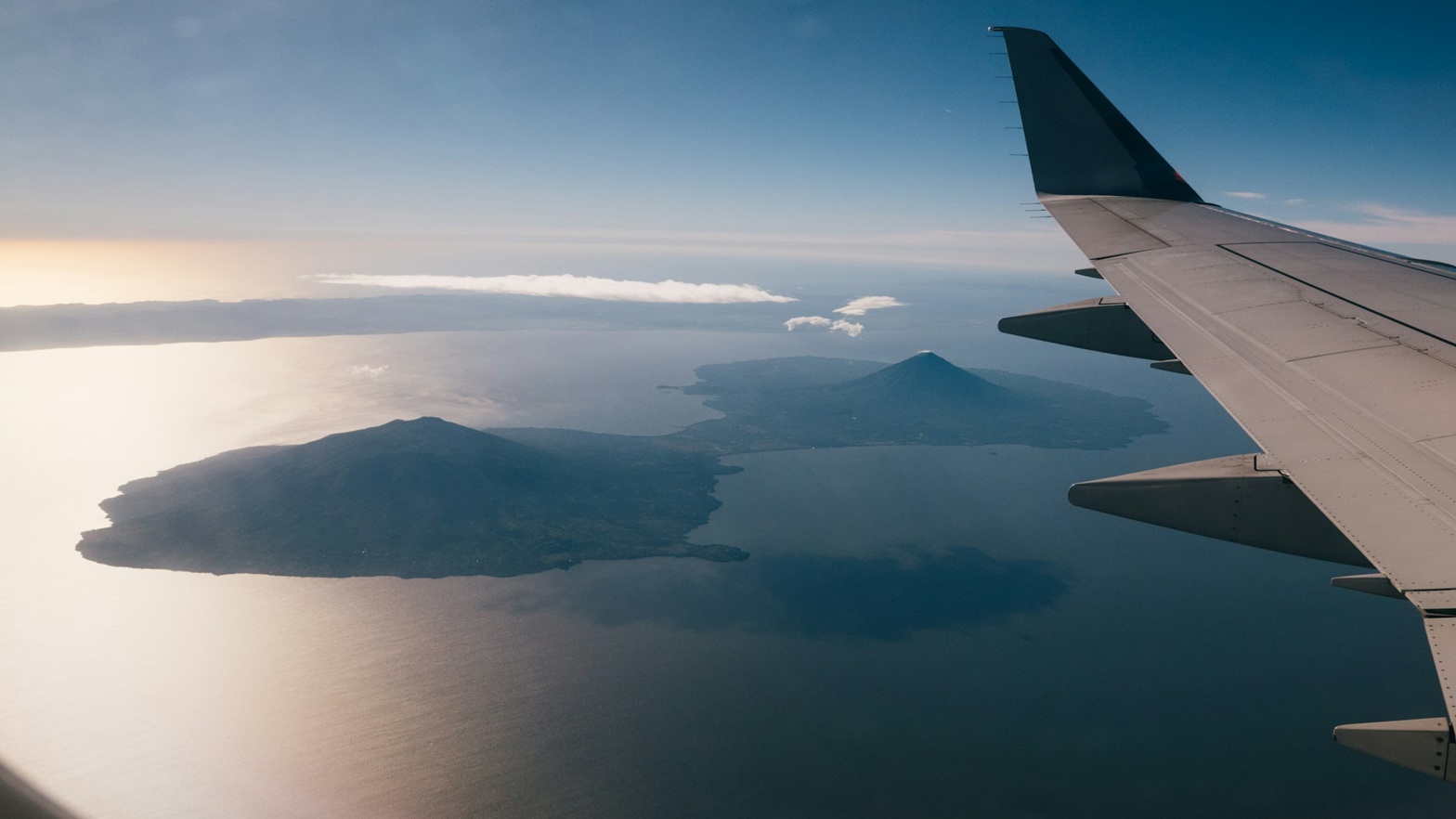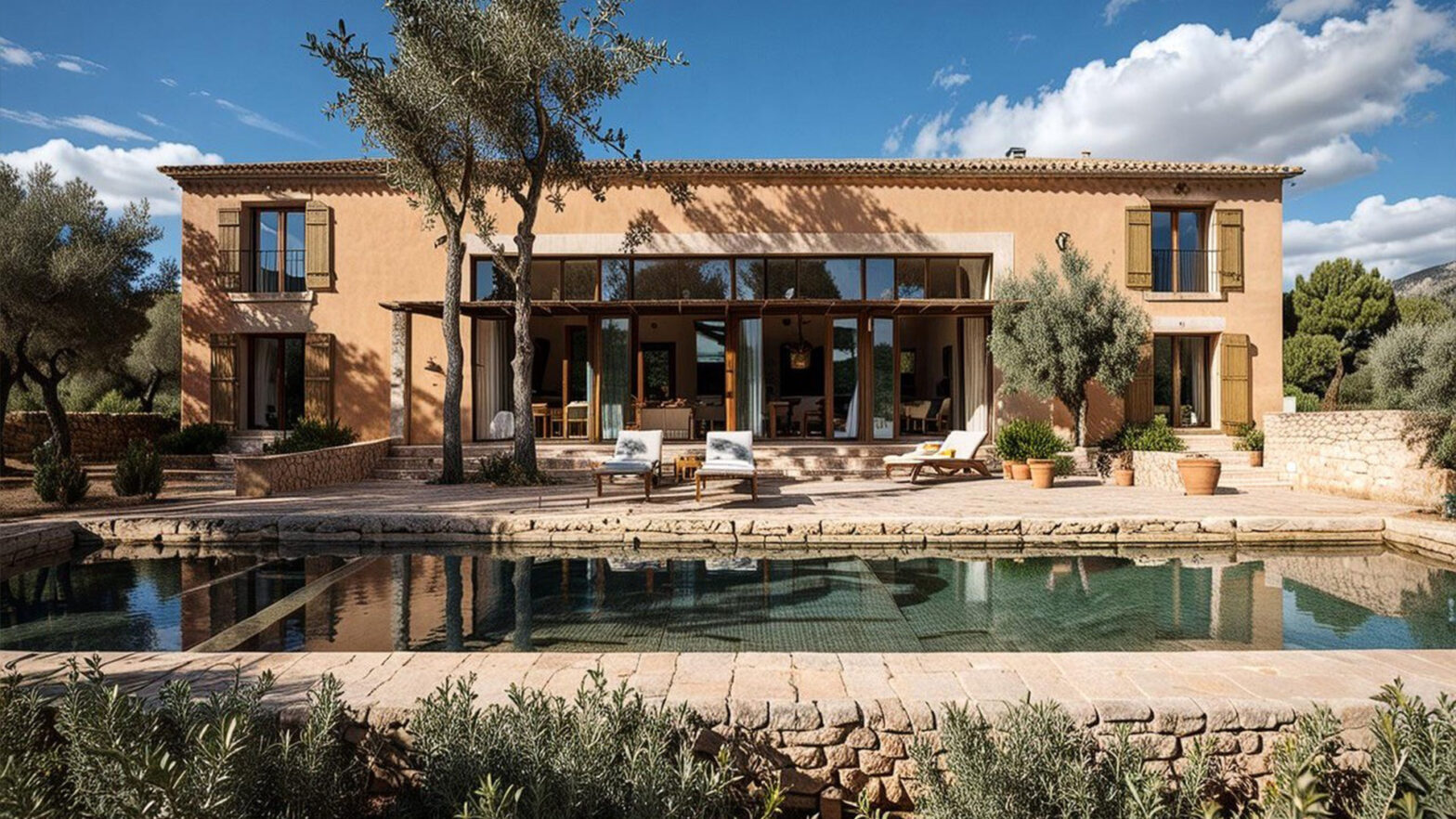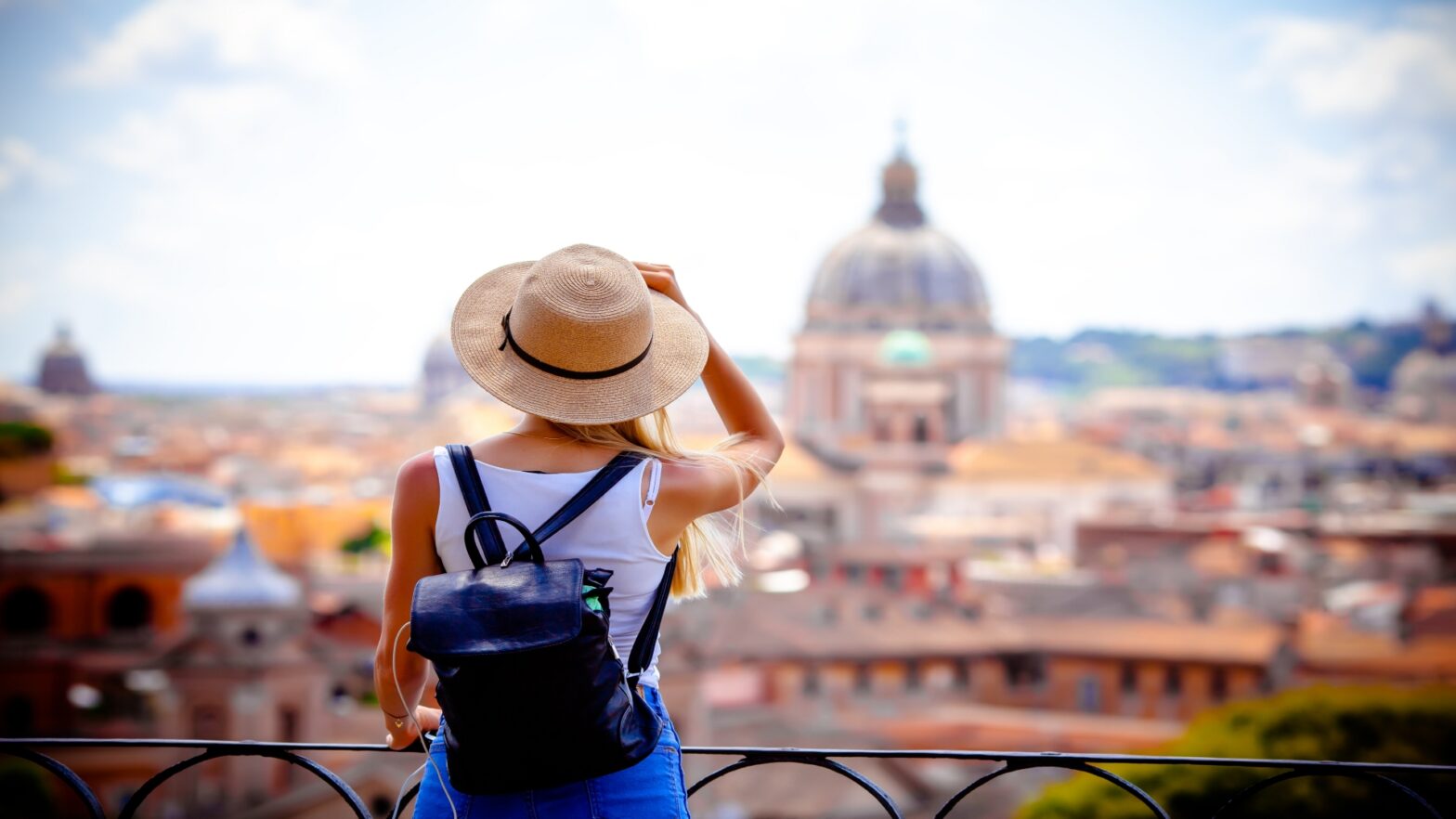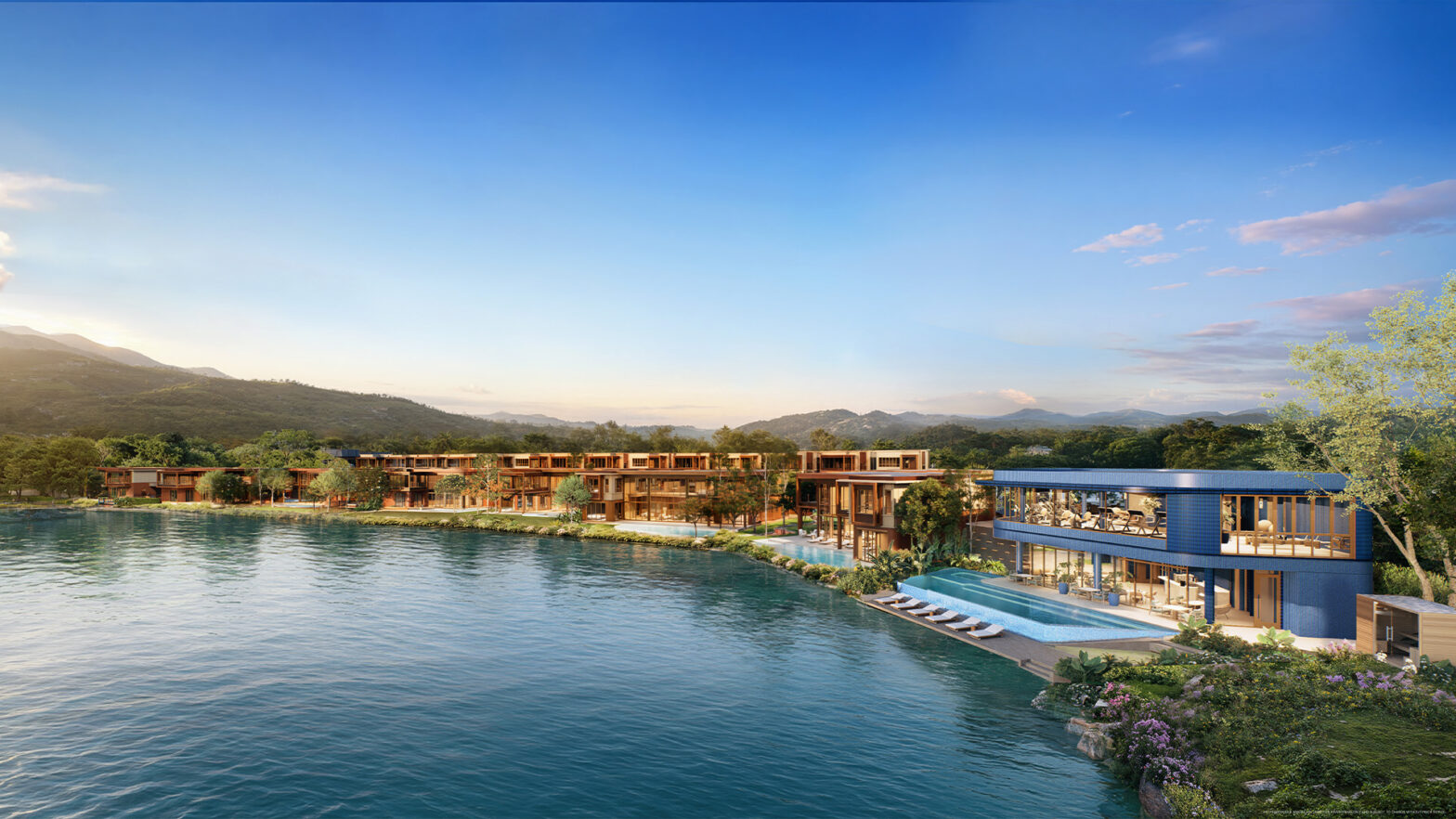Daily Bread Surfboards Founder, Chris Clark, Discusses what Goes Into Creating a Handmade Wooden Board
The striking wooden surfboards created by Chris Clark, founder of Daily Bread Surfboards, are a far cry from the popular foam and fibreglass boards surfers typically ride today. Both a high performance piece of equipment and a work of art, each board is inspired by his passion for surfing and crafting beautiful objects from wood.
We talk to Chris about what it takes to create a handmade wooden surfboard from scratch …
A keen surfer for more than 30 years, Chris Clark launched Daily Bread Surfboards in 2011 from his workshop in the Mendips. Today, his bespoke, handmade wooden boards are commissioned by surfing enthusiasts from around the world, as well as those who simply want a beautiful object for their home that’s truly personal to them.
LUX: With experience in creating both wooden and foam boards, what do you find so appealing about working with wood?
Chris Clark: “Surfing is a sublime experience. To travel with the flow of the water – responding instinctively to it, using all of your body, is a remarkable thing. You can’t get much closer to nature than surfing and it feels right to work with a natural material.
As a craftsman, I’ve always enjoyed working with wood and get great satisfaction from turning a few rough planks into something both practical and beautiful. To me, a solid, hand decorated wooden board will always look far more striking than a typical modern surfboard design.”
LUX: You use Paulownia wood in all of your designs – why?
Chris Clark: “Paulownia is an optimal wood for surfboards due to its very high strength to weight ratio compared to other hardwoods, its durability and low absorption of salt water.
Just as importantly for me – and for my clients – Paulownia has a positive impact on the environment, whereas the foam surfboards popular today are known for the pollutants created during the manufacturing process and their lengthy decomposition time. Paulownia grows incredibly quickly, up to 5M per year, and is planted as a crop, absorbing C02 in the process. Even the low toxicity epoxy resin used has a bio content of approximately 40% – making these boards about as carbon neutral as it’s possible to get.”
LUX: What influences your designs?
Chris Clark: “Surfing is all about flow. When I’m crafting a board, I imagine how the water will flow around the rails, how the board will fit the wave, how – when a surfer instinctively leans to initiate a turn – the board will grip the wave face and change direction.
Surfboard shapers are innovators, continually trying new things. Surfing legends Tom Blake, Bob Simmons, George Greenough and the ancient Hawaiians who first designed surfboards all thought, “I wonder what would happen if I tried this?” I try to have the same mindset. We know some shapes just work, but the awesome variety of creation in the ocean offers plenty of inspiration.
When I’m creating a bespoke board for a client, they will naturally have a big influence over the design, especially from an aesthetic perspective. There’s a lot for them to consider, from combinations of different colour woods to the matching of grain patterns to generate symmetry along the centre line, to the use of Pyrography to burn bespoke designs on to the deck, to custom fin shapes. In fact, there’s so much to decide on before I start that I won’t accept a deposit until we have got everything agreed.”
LUX: To what extent do you think people commission a board from you as an item for their home more than something they would use in the water?
Chris Clark: “This happens all the time, although they often get surfed, cleaned and hung up again!
Surfboards are beautiful and surfers – in fact, all sorts of people – like to look at them. Surfing has connotations of freedom, fitness, adventure, courage and great weather, so they make great works of art.”
LUX: How do you ensure they are also fit for the purpose of surfing?
Chris Clark: “Boards that work well in the water tend to look beautiful too. They reflect nature. However, I was trained as an engineer so I love innovative solutions too and keep an open mind about suggestions from clients. I was once asked to add around 30 possible fin positions on a board so that the owner could experiment with fins in unusual places. I wanted to ride it myself and have a play!
Every modification to a board’s shape will affect how it works in the water, but surfboards are always compromises because no one board is perfect in all situations. The wave conditions, the size of the surfer and their ability, all mean that no board can have it all. But almost all boards will work in the right conditions and that’s part of the fun too.”
LUX: Where do you draw inspiration?
Chris Clark: “Tom Wegener, who’s based in Queensland, Australia, has been described as the most cutting edge shaper in the world and his experimental, imaginative approach has no doubt inspired me.
Many of my designs have also been inspired by the wooden boards of the past. I’m currently working on a collection of boards (known in surfing parlance as a ‘quiver’) that celebrate the history of the sport. This includes an Olo design – a particularly large board reserved for Hawaiian royalty – allowing today’s surfers to experience what it was like to ride like a Hawaiian king.
Ultimately, I draw daily inspiration from my Christian faith, which is behind my ethos of taking each board, each day, each wave, one at a time.”
To view Chris’s work visit: www.dailybreadsurfboards.co.uk








